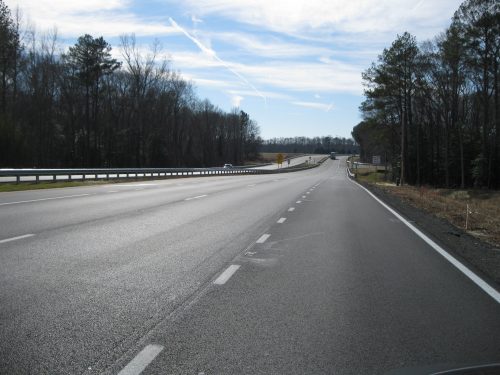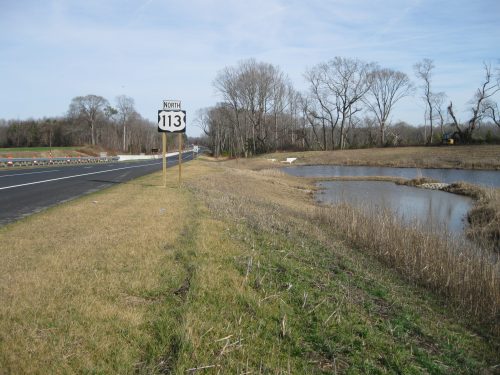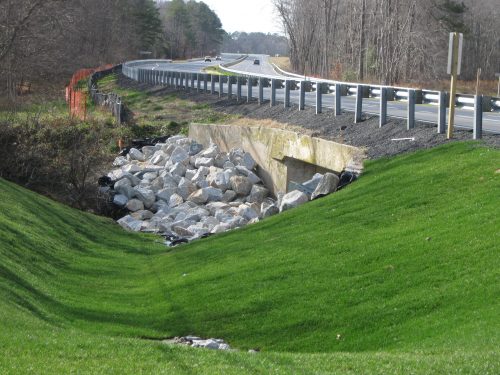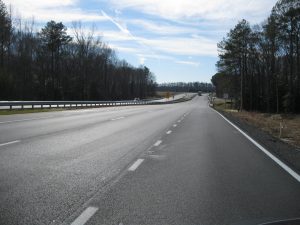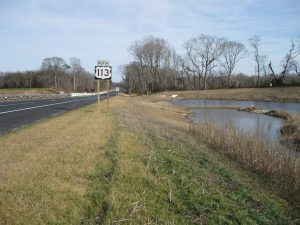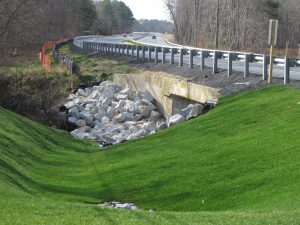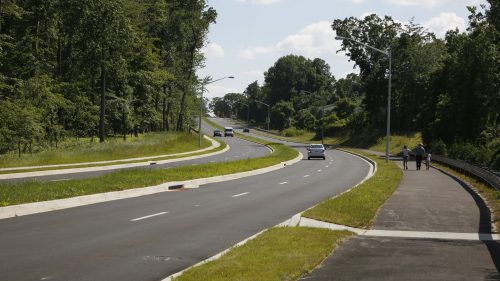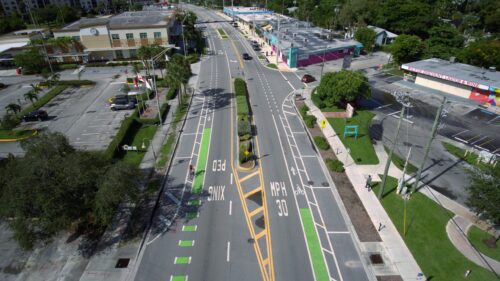US 113 Dualization
US 113 Dualization
This $16-million design-build project consisted of the dualization of US 113 from an undivided, two-lane highway to a median divided, four-lane highway. The project limits were from North of Goody Hill Road to South of Massey Branch. This fast-tracked project included the design of vertical and horizontal alignments for the mainline and intersecting roads, as well as a weigh and inspection station pull-off site.
The typical section of dualized highway included two 12-foot lanes, 10-foot outside shoulders, and a 34-foot median with a double-faced W-beam traffic barrier. JMT incorporated intersection control beacons at two major intersections: MD 12 at Snow Hill Road and MD 365 at Public Landing Road.
The extremely flat grade in this region of Maryland presented a challenge to coordinate the drainage and stormwater management needs with the maintenance of traffic and erosion and sediment control requirements. Because of the abundance of wetlands in the area, an innovative approach to the removal of undercut was required. This was accomplished using a structural trenching box that was pulled along the grade to allow the contractor to work in the dry area behind the trench. The U.S. Army Corps of Engineers assigned a full-time environmental monitor to assure all protected wetland areas were unharmed. In addition, large areas of reforestation were planted and seven stormwater management ponds were constructed and landscaped with the intention of supporting local wildlife. Upon completion of the project it was observed through inspection that several species of native wildlife had been established. The project had a significant positive effect on the local environment.
Because of an aggressive schedule and the stringent state review process, the JMT team was faced with acquiring state approvals that allowed the contractor to start construction and meet the scheduled deadline. This was accomplished by adopting a segmented approach to design. The project was designed in two segments to allow the contractor to start work on the first section while JMT designed the next segment, thus resulting in a rolling submission and approval process for continual progress.
This combination of approaches led to the project meeting the scheduled completion date and remaining under budget.
